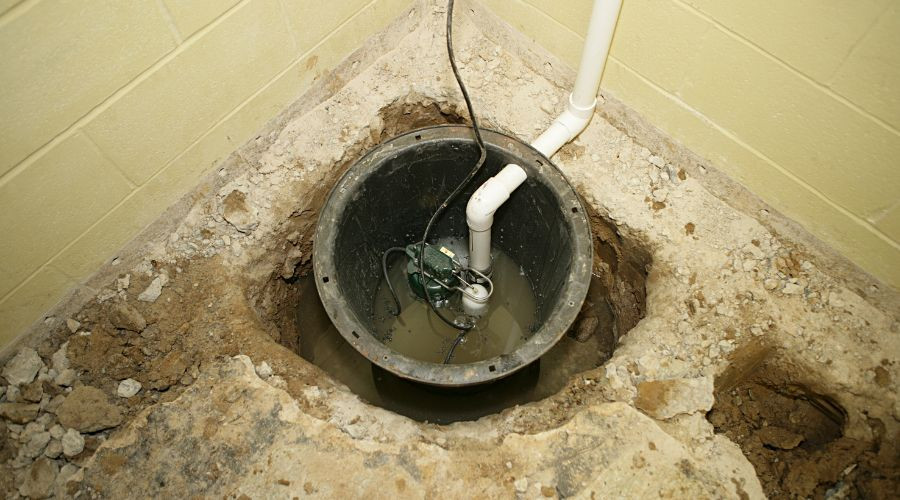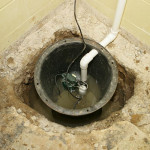What Are Sump Pumps?
Improvements in building technology and design have allowed people to make more construction sites available. In the past, low-lying areas or places at the bottom of steep slopes could not have been properly prepared to accommodate a newly built home. However, the risks that these sites pose are now nullified with better construction codes.
One safety code mentions using sump pumps on potentially risky build sites. However, no amount of grading or protection can fully protect a property from water damage over time. Eventually, rainwater and floods can attack the home and cause potential damage.
Sump pumps help prevent floodwaters from entering vulnerable portions of the home. Here is a quick guide to sump pumps to help owners understand their benefits and the options for installing them.
Benefits of Using Sump Pumps
 Submersible or sump pumps are special pumps that move water out of or away from a structure. They are waterproof and operate from a float switch in a special basin.
Submersible or sump pumps are special pumps that move water out of or away from a structure. They are waterproof and operate from a float switch in a special basin.
The basin is part of a larger system of engineered drains. High groundwater or surface runoff collects in the drain system, where it is shunted to the sump pump basin. Once the basin is full, the float switch cycles the pump to pump the water away quickly.
By removing water from near the home’s foundation quickly, homeowners can:
- Avoid foundation damage.
- Prevent insect infestations.
- Stop mold growth.
- Control humidity inside the home.
- Keep basements dry and protected.
- Keep crawl spaces from accumulating water.
- Prevent flooding around the property.
Most Common Types of Sump Pumps
Sump pump systems can be installed after construction if flooding is a problem. Most often, this must be done to protect a finished basement or because the surrounding grade allows water to back onto the property. However, most contractors will recognize the need for a sump pump before building the home and will engineer a system from the start.
Sump pumps come in two varieties. The most common is a submersible pump. A submersible pump has a motor and pump sealed together as a waterproof unit. The entire assembly and the float switch sit in the basin, constantly wet. Since the unit is sealed in a basin, it operates very quietly. While a submersible pump lasts longer than its counterpart, it is more difficult to work on since it is in tight spaces.
In contrast, a pedestal sump pump has a pump that stays submerged and is driven by a motor coupled to the pump by a long shaft. The motor sits above the basin, making it easier to work on and inspect, but the sound isn’t dampened. These are usually the cheaper option, making them popular in homes that require sump pumps.
Does a Home Need a Backup Sump Pump?
 Heavy rains are the biggest reason for the need for a sump pump. Unfortunately, heavy rains occur when the chances of losing power service are elevated. If a home needs a sump pump, it needs it all the time, not just when the power is on. Backup sump pumps that utilize a battery backup system can be installed to protect homes during storms. This ensures flooding will never occur in the home.
Heavy rains are the biggest reason for the need for a sump pump. Unfortunately, heavy rains occur when the chances of losing power service are elevated. If a home needs a sump pump, it needs it all the time, not just when the power is on. Backup sump pumps that utilize a battery backup system can be installed to protect homes during storms. This ensures flooding will never occur in the home.
About All Clear Plumbing
All Clear Plumbing is a local emergency plumber that takes care of home and business owners. Their teams offer prompt and professional service for HVAC and plumbing. Call today for sump pump services in Belleville, NJ.



